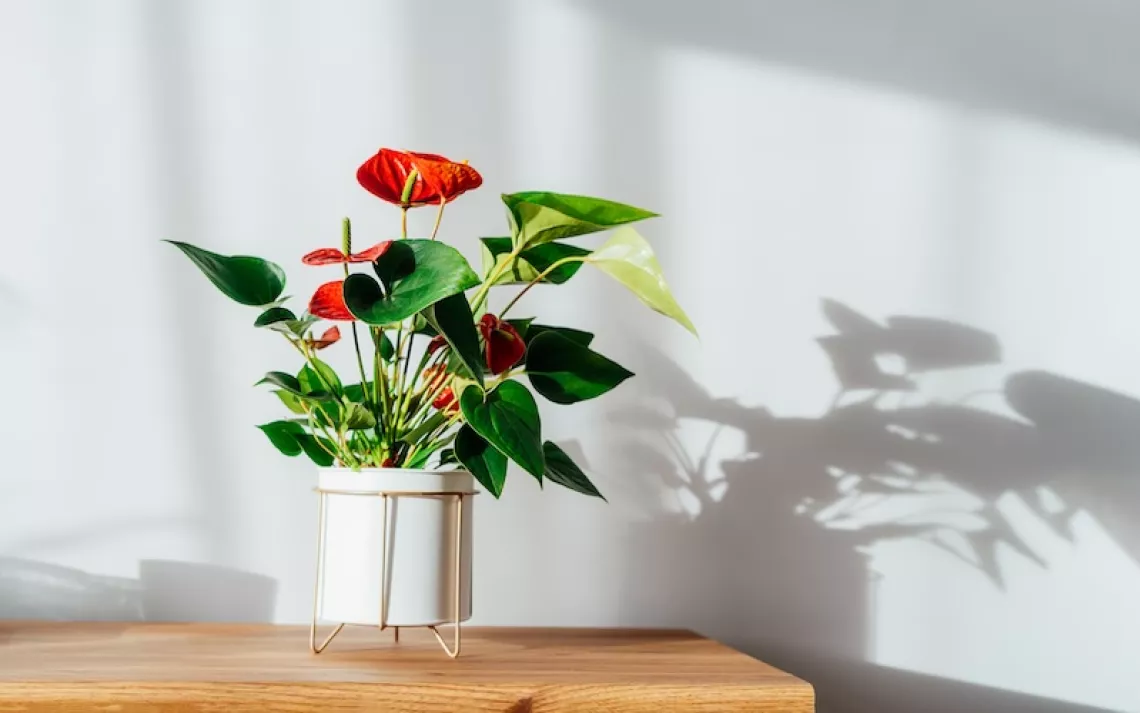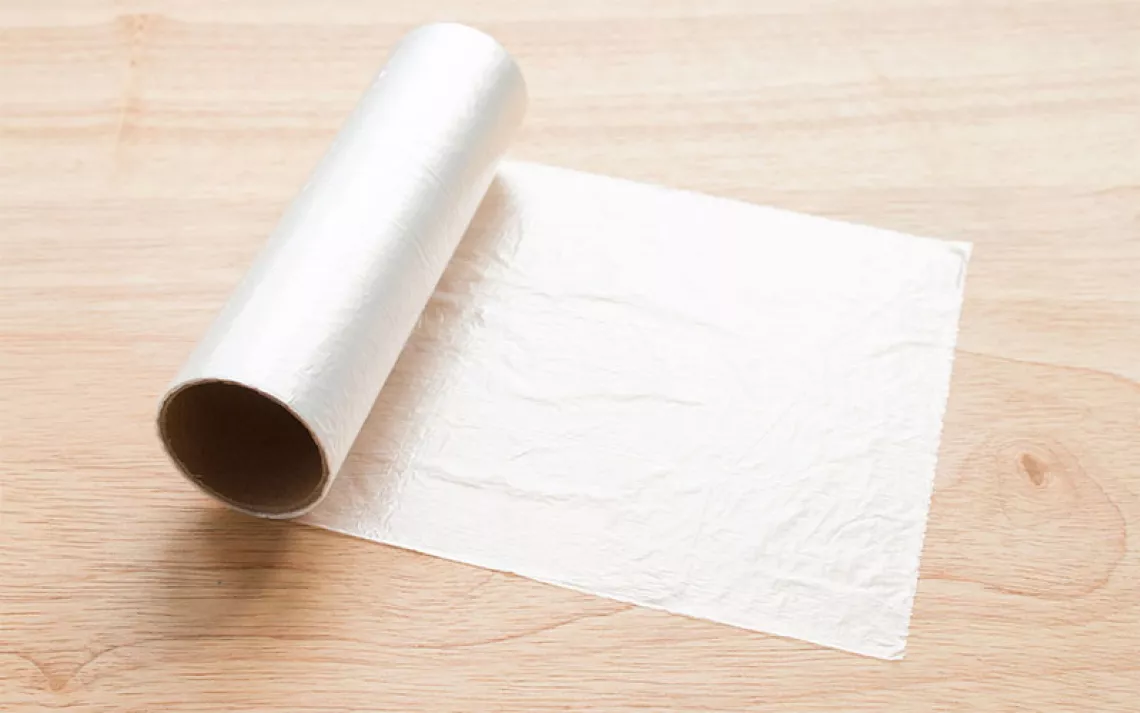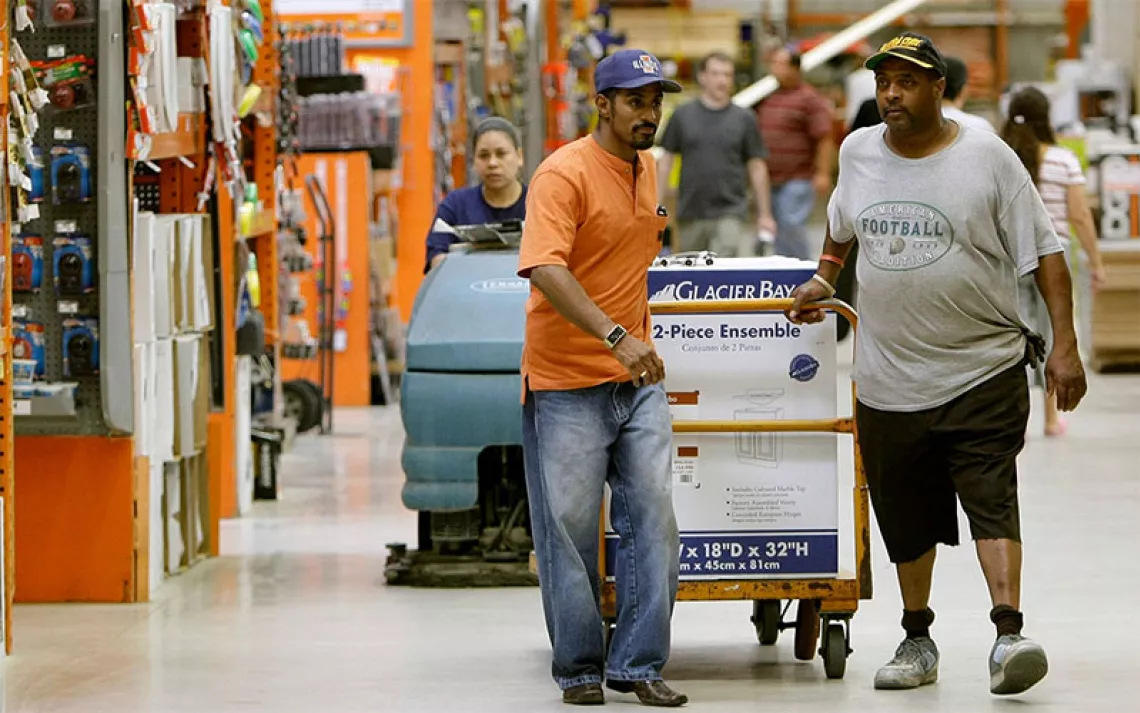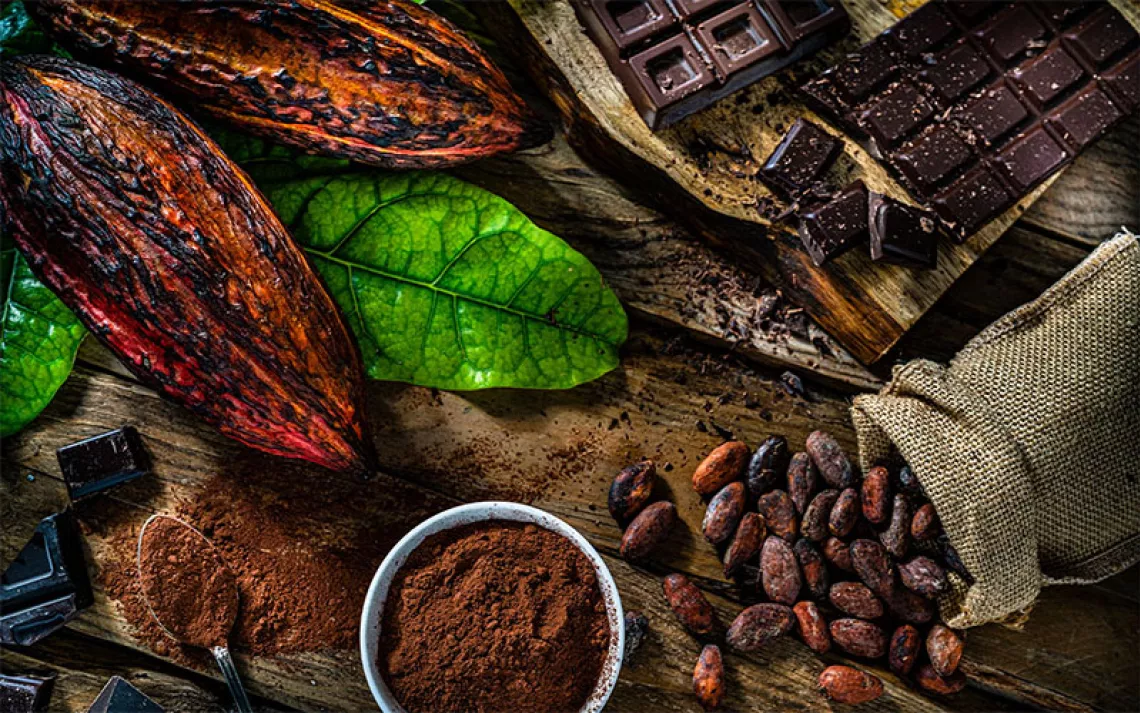What’s the Greenest Way to Keep Things Cool?
Less-toxic alternatives to gel packs, dry ice, and Styrofoam coolers
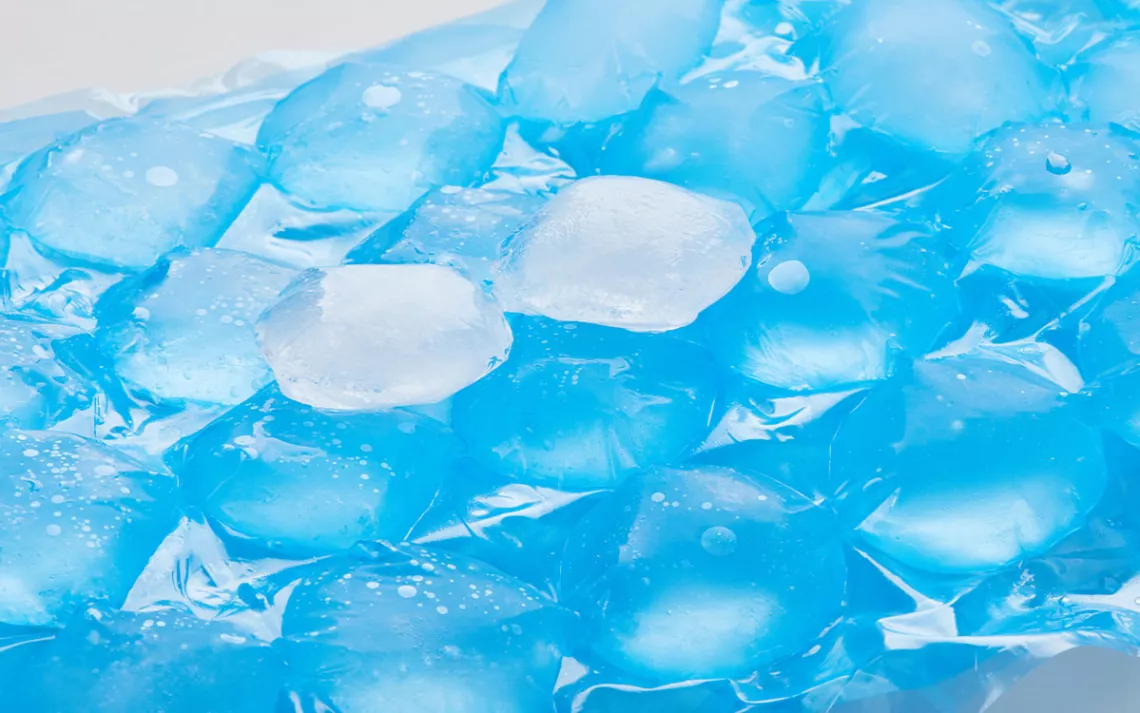
Photo by Liudmyla/iStock
Hey, Ms. Green!
It's hard to get good information about the contents and safety of various cold-pack gels. I am not convinced that they are safe to pour down the drain or pour onto plants. Which gel-pack brands (if any) do you suggest we encourage companies to use? What do you suggest that we do with gel packs that are not drain-safe or garden-safe? Or should we just not use companies that ship food and use these gel packs?
—Rachel Bayly in Virginia
There is no such thing as a “green” single-use ice pack, whether it is made of paper or plastic. According to Erica Cirino, communications manager for the Plastic Pollution Coalition, “The gel in most ice packs is made with various types of petrochemicals and in some cases also plastic. When they leak near food, they can contaminate food.”
Greenwashing around cold packs abounds, so beware of green claims such as “biodegradable,” “plant food,” “drain-safe,” or “nontoxic." For example, Nordic Ice Drain Safe has a secret, proprietary active ingredient that’s nonbiodegradable with no available data on its toxicity to aquatic creatures. Dry ice and cold packs made with paper can also be unsafe. “Dry ice is typically stored in expanded polystyrene plastic foam and is made of liquid carbon dioxide pulled from other industrial processes that harm human and environmental health,” Cirino told me. “And paper used in contact with wet substances (like condensation and coolant gel) are usually coated with plastic and/or chemical additives—making them unrecyclable and toxic.”
Put the idea of pouring gel-pack material down a drain or toilet on ice. Many cold packs contain sodium polyacrylate, which is nonbiodegradable and made from fossil fuels (and produces significant polluting greenhouse gas emissions). And the gels can clog up your drains and pipes.
If you need to keep something cold, just make your own cold pack or insulating box. Life Without Plastic has a recipe for how to do it: Freeze a leakproof container or bottle with up to 75 percent of its height with water, ice cubes, or other liquid or soft food that you’ll eat later. If you can’t reuse an insulating box or bag, try Ecovative’s 100 percent mushroom insulation, which is a plant-based way to replace Styrofoam blocks, coolers, and wine shippers.
Ask mail and food delivery services to help you make the world a greener place. Before ordering online, check to see if that item really needs a single-use cold pack. If it doesn’t, ask the distributor to ditch it. If it does, that item might be the kind that you can order from delivery services that specialize in more sustainable packaging. And if you can, support local food deliveries that take back all packaging (even metal food containers), and more importantly, reuse them. Methodology ships nationwide, mostly food in glass, and will take back all packaging in California and possibly other states soon. You can look up local groups in your area that do the same. For example, Bay Area options near me include Plentiful Kitchen, Three Stone Hearth, Vita Kitchen, and Wild Food.
If you have cold packs that you can’t return to sellers, here's who'll reuse them. Annie's T Cakes, is the only business I could find where you don't have to buy anything in order to mail, drop off, or get a pickup of ice packs. They'll reuse them. Or donate them through Facebook Buy Nothing groups or unhoused people who need to keep food cold or stay cool during heat waves. You might also be able to donate ice packs to food banks.
Let’s warm up to the idea of creating even bigger changes. Sign Break Free From Plastic’s petition for a strong, enforceable Global Plastics Treaty.
 The Magazine of The Sierra Club
The Magazine of The Sierra Club
